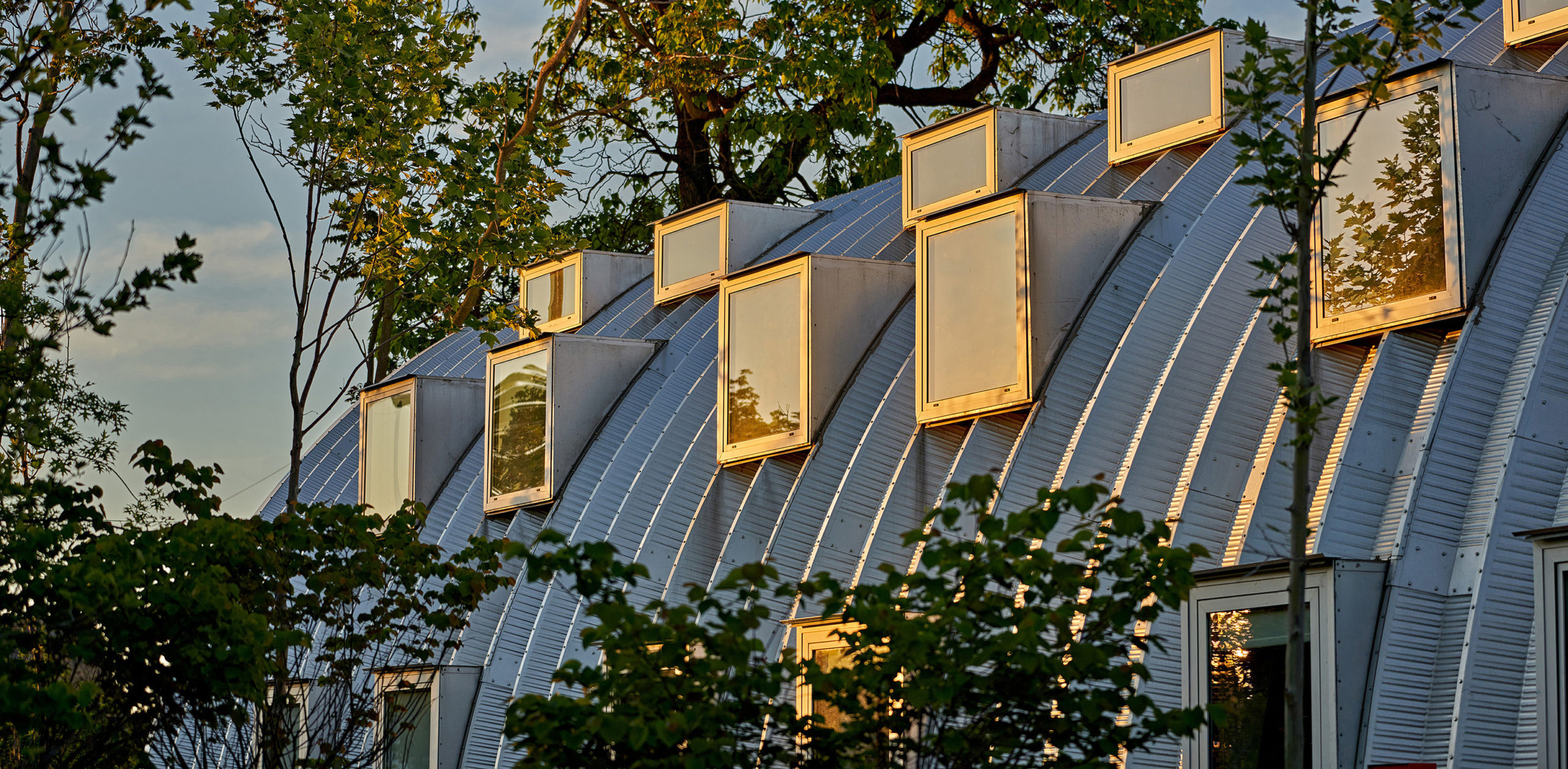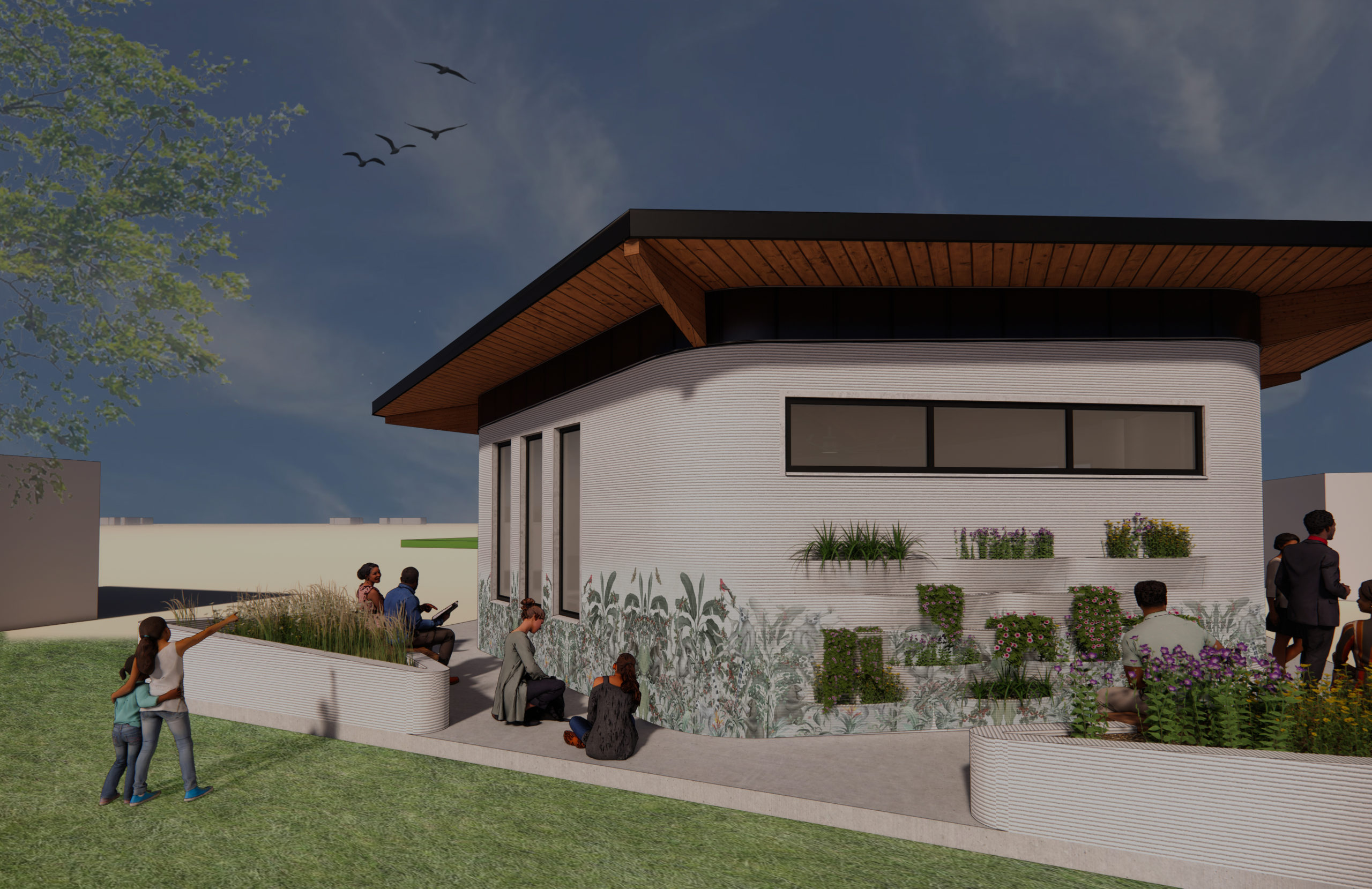The judging process for Architizer's 12th Annual A+Awards is now away. Subscribe to our Awards Newsletter to receive updates about Public Voting, and stay tuned for winners announcements later this spring.
Great architecture reinterprets tradition for contemporary life. The new boutique condominium building by Woods Bagot and Pure + FreeForm, named Tribeca Rogue, is located in the historic district after which it is named. Featuring expansive glazing and weathered metal, the development restores a prominent corner in the neighborhood, paying respect to history by reframing it. The building’s signature façade features interlocking and angled metal panels surrounding windows on the entire exterior.
Beloved by the public, the residential building scored two Popular Choice awards — in the Architecture +Metal and Mid-Rise Multi-Unit Housing (5-15 floors) — categories in the 2020 A+Awards. Take a look closer look at the details and concept behind the design, and you will see that these accolades come as no surprise!
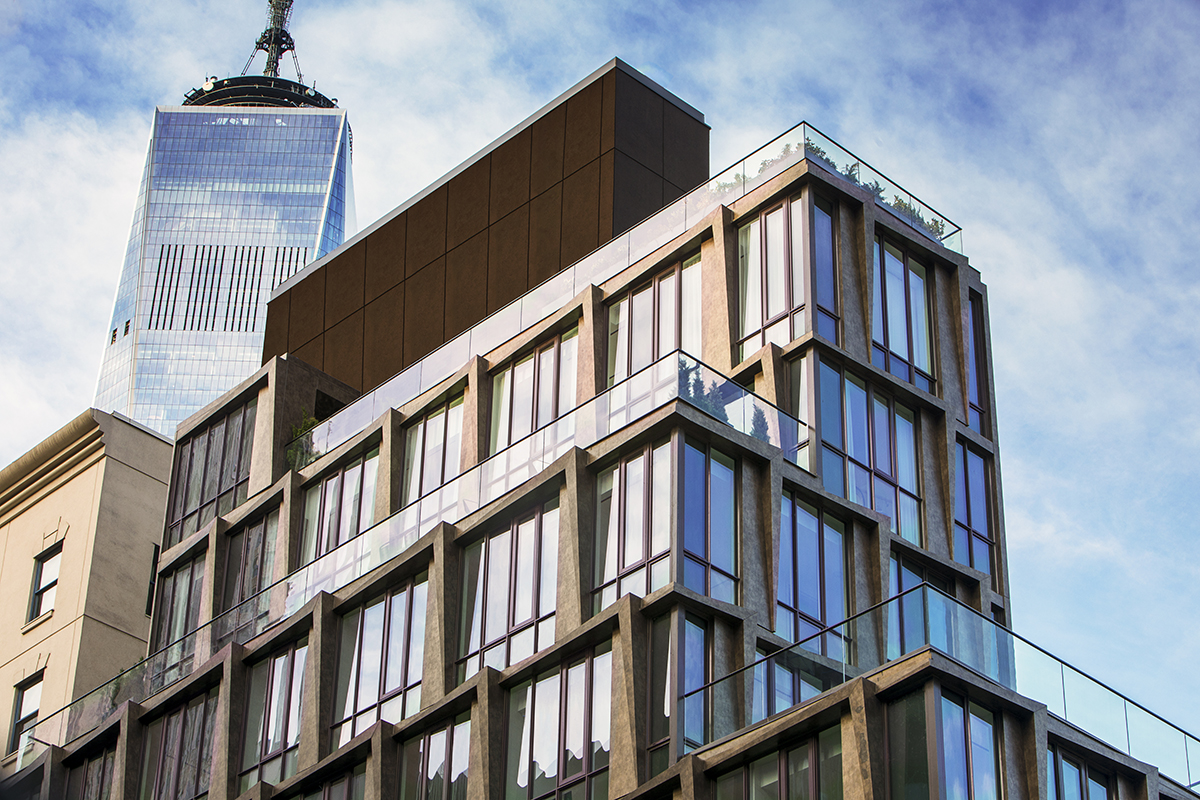
Photographs by Matthew Ziegler
Making use of a compact site, Tribeca Rogue is a 10-story building at 108 Chambers in New York City. Designed to maximize use of the project’s area, the design encompasses 18,000 square feet (1, 672 square meters) beginning with ground-floor retail and the residents’ entry. Above that are full-floor units topped by a duplex penthouse. The lower residences have direct elevator access, and the top two floors make the duplex penthouse. The penthouse residence has a rooftop terrace facing the Financial District and offering expansive views of the lower Manhattan skyline.
 Conceived as a contemporary reinterpretation of surrounding local architecture (in particular the 19th century buildings), the condominium’s façade maintains the rhythm of the deep mass and large windows of neighboring buildings through its metal frames. As the team explains, the rhythm of the deeply recessed full-height windows, which are encased in angled, weathered, metal frames, echo the cast-iron façade of the nearby Cary Building — an 1857 Italian Renaissance Revival structure.
Conceived as a contemporary reinterpretation of surrounding local architecture (in particular the 19th century buildings), the condominium’s façade maintains the rhythm of the deep mass and large windows of neighboring buildings through its metal frames. As the team explains, the rhythm of the deeply recessed full-height windows, which are encased in angled, weathered, metal frames, echo the cast-iron façade of the nearby Cary Building — an 1857 Italian Renaissance Revival structure.
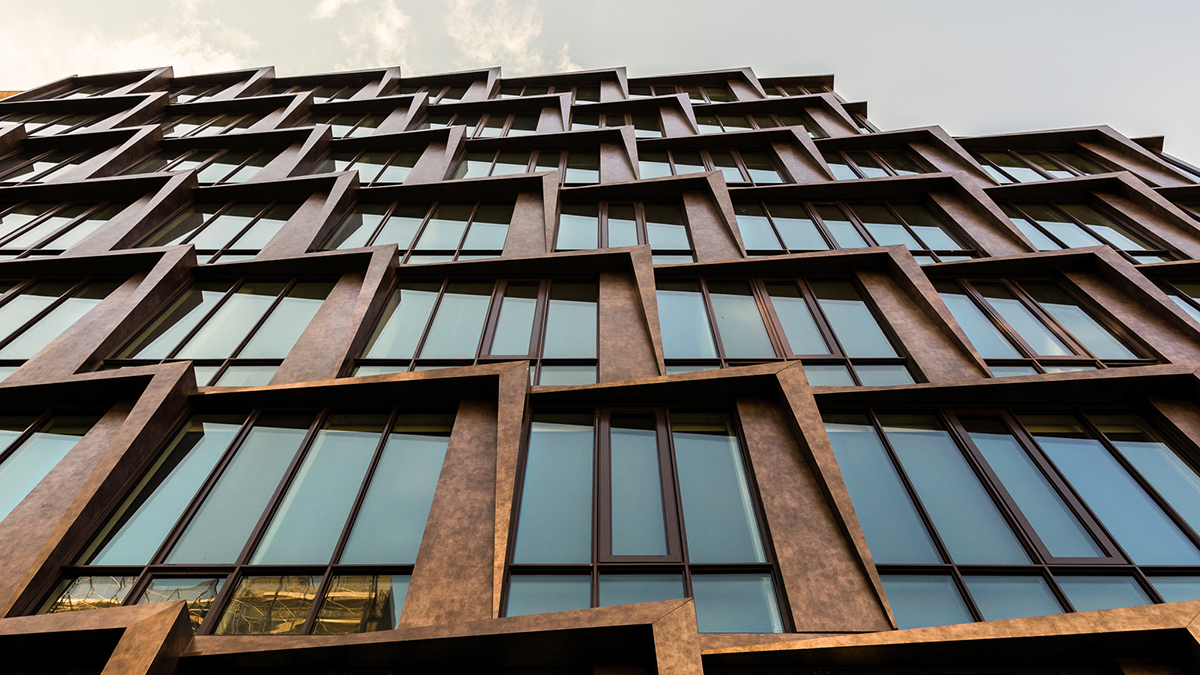 Meanwhile, the floor-to-ceiling window walls are positioned to optimize views while maintaining privacy for residents. In turn, the weathered frames embrace the industrial aesthetic of Tribeca, both maintaining privacy and optimizing views for residents.
Meanwhile, the floor-to-ceiling window walls are positioned to optimize views while maintaining privacy for residents. In turn, the weathered frames embrace the industrial aesthetic of Tribeca, both maintaining privacy and optimizing views for residents.
Tribeca Rogue’s signature metal panels are angled to provide shading inside the building and, on the outside, changing patterns of light and shadow. The panels’ bronze-colored, weathered appearance is the result of layers that create “randomization, and its distinctive rich tones that respond to the changing light.”
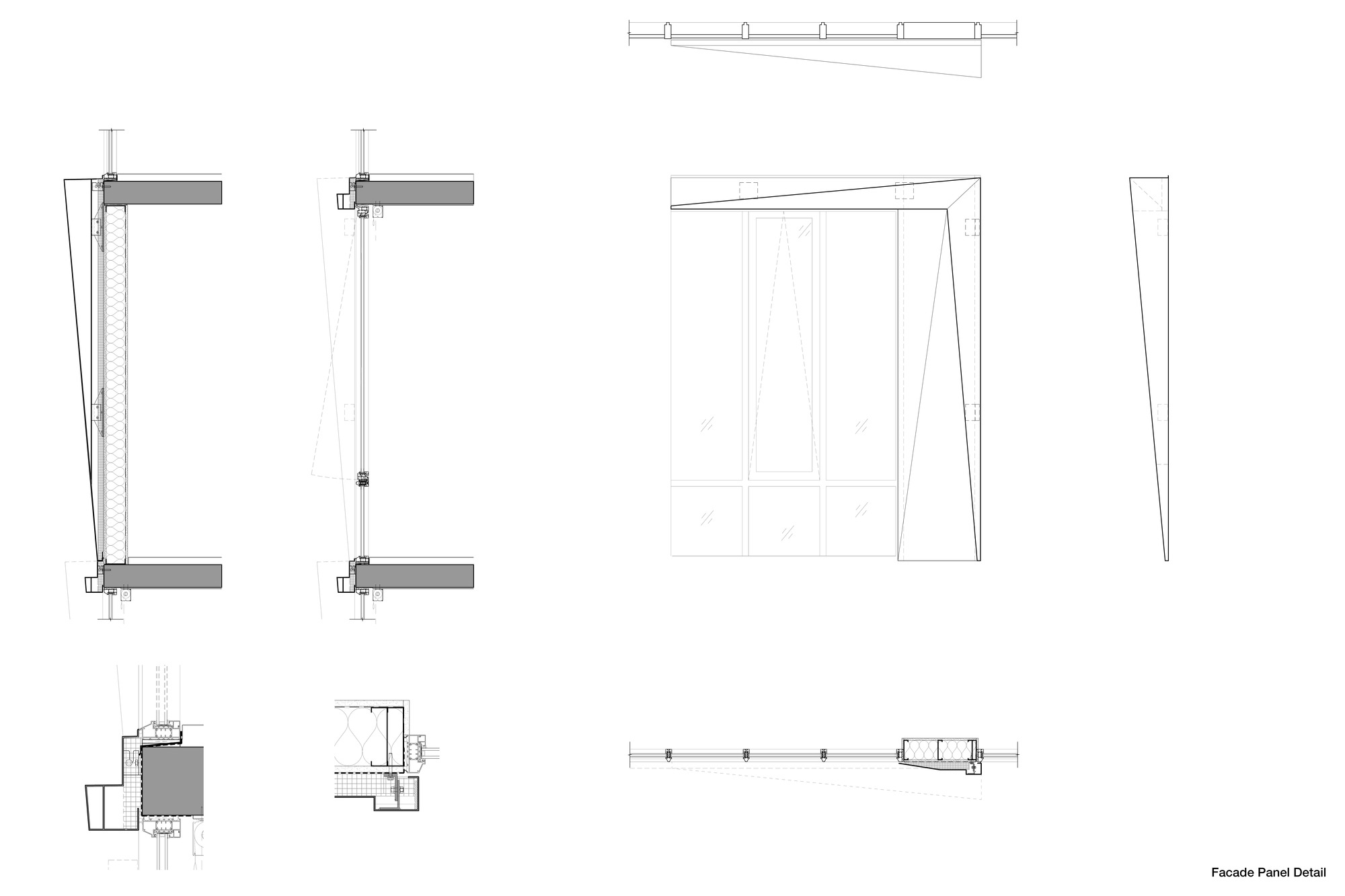

The custom angular slab/spandrel metal panel formations feature the Deco Bronze finish as a nod to the previous building’s bronze façade. The signature clear coat metal is colored using the organic resins of pure aluminum with varied levels of luminosity and glinting to create optical texture. The color and reflectivity of the façade move as the sun moves adding additional dimension to the large, street-facing wall.
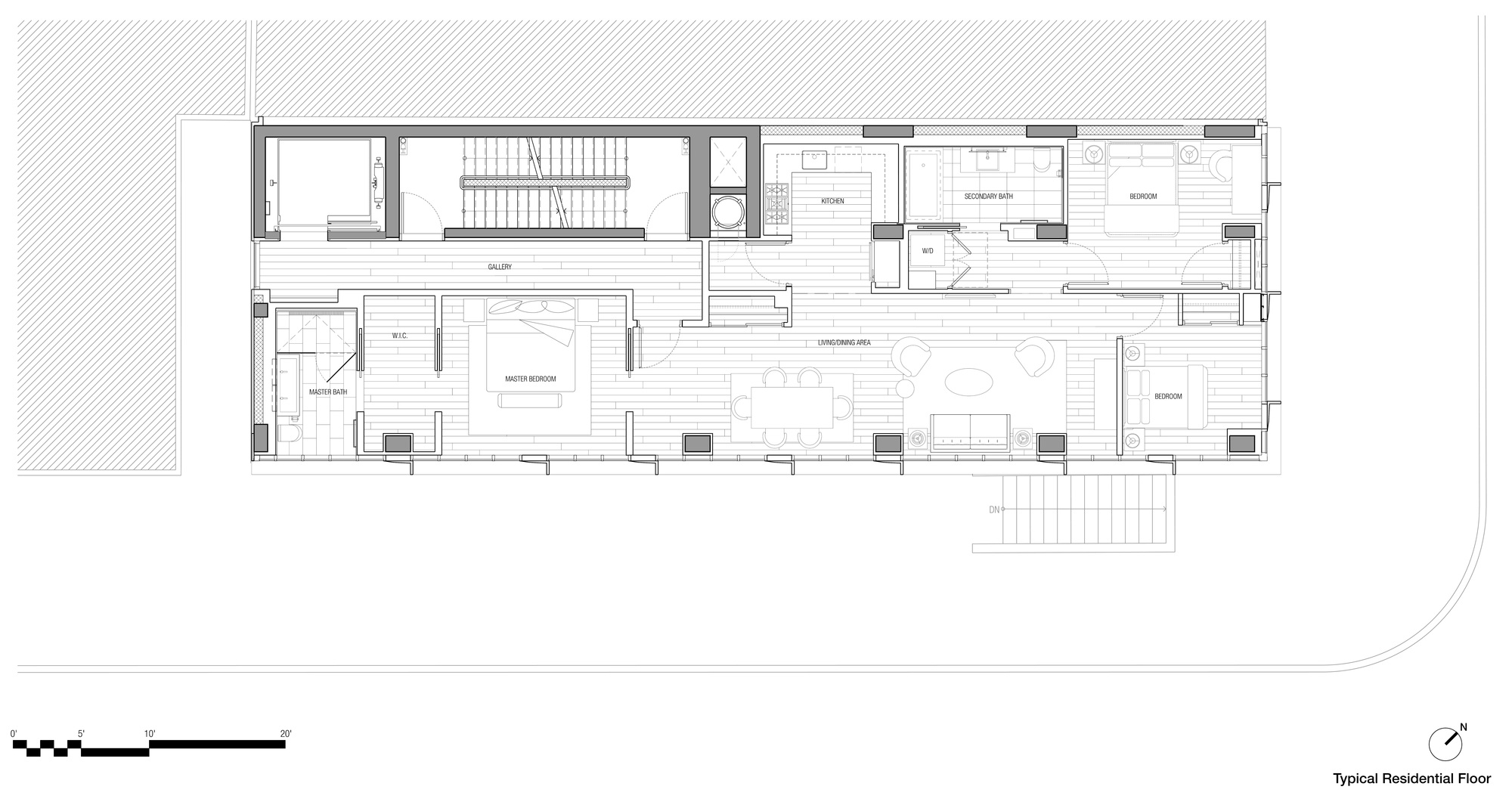 Seen in its totality, the shingled panel profile was designed to give the building a human scale, similar to that of the nearby Cary Building’s defining rhythmic façade elements — in that case, the result of replicable cast iron parts. Beyond the façade, the spaces inside combine both elegant and industrial detailing. The units feature natural stones and wood to create a refined interior.
Seen in its totality, the shingled panel profile was designed to give the building a human scale, similar to that of the nearby Cary Building’s defining rhythmic façade elements — in that case, the result of replicable cast iron parts. Beyond the façade, the spaces inside combine both elegant and industrial detailing. The units feature natural stones and wood to create a refined interior.
 They were made to have an “open and airy feel of a Tribeca loft” through the use of a light material palette and embracing natural light through the floor-to-ceiling windows. Outside, the penthouse and seventh floor include landscaped terraces, and the landscaped rooftop is for all residents.
They were made to have an “open and airy feel of a Tribeca loft” through the use of a light material palette and embracing natural light through the floor-to-ceiling windows. Outside, the penthouse and seventh floor include landscaped terraces, and the landscaped rooftop is for all residents.
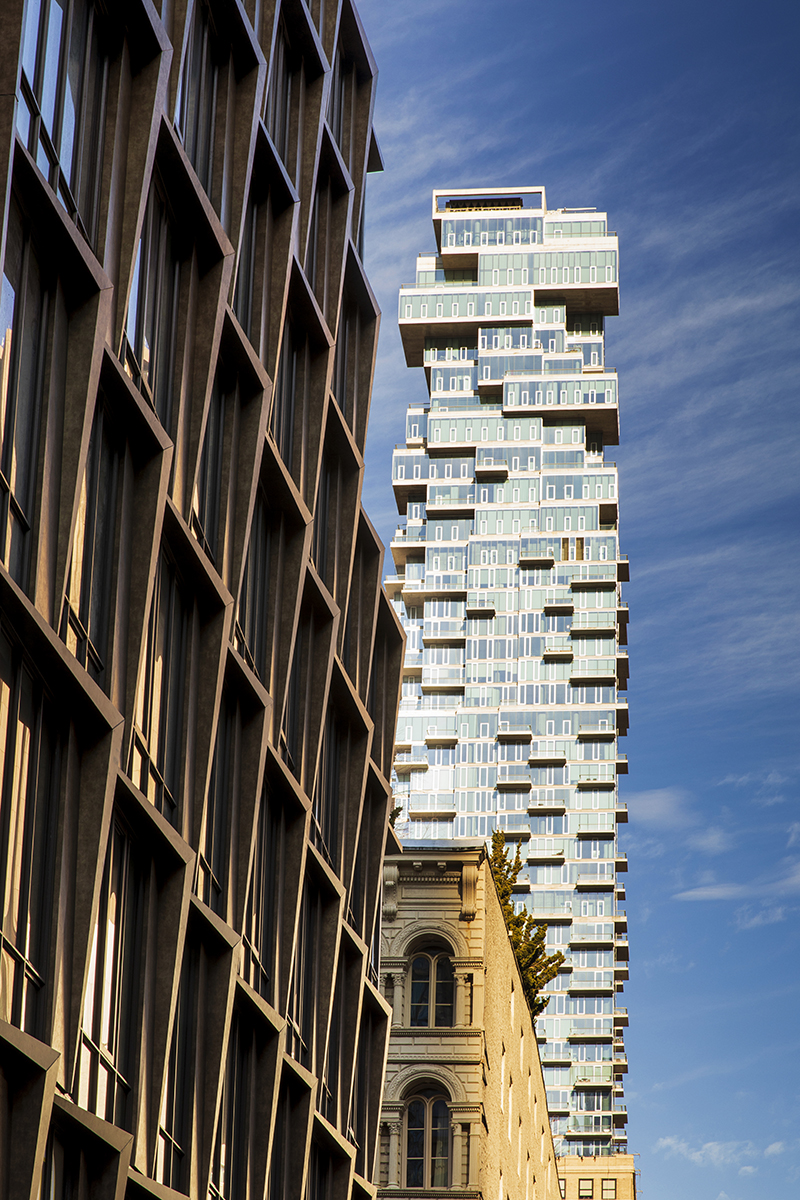
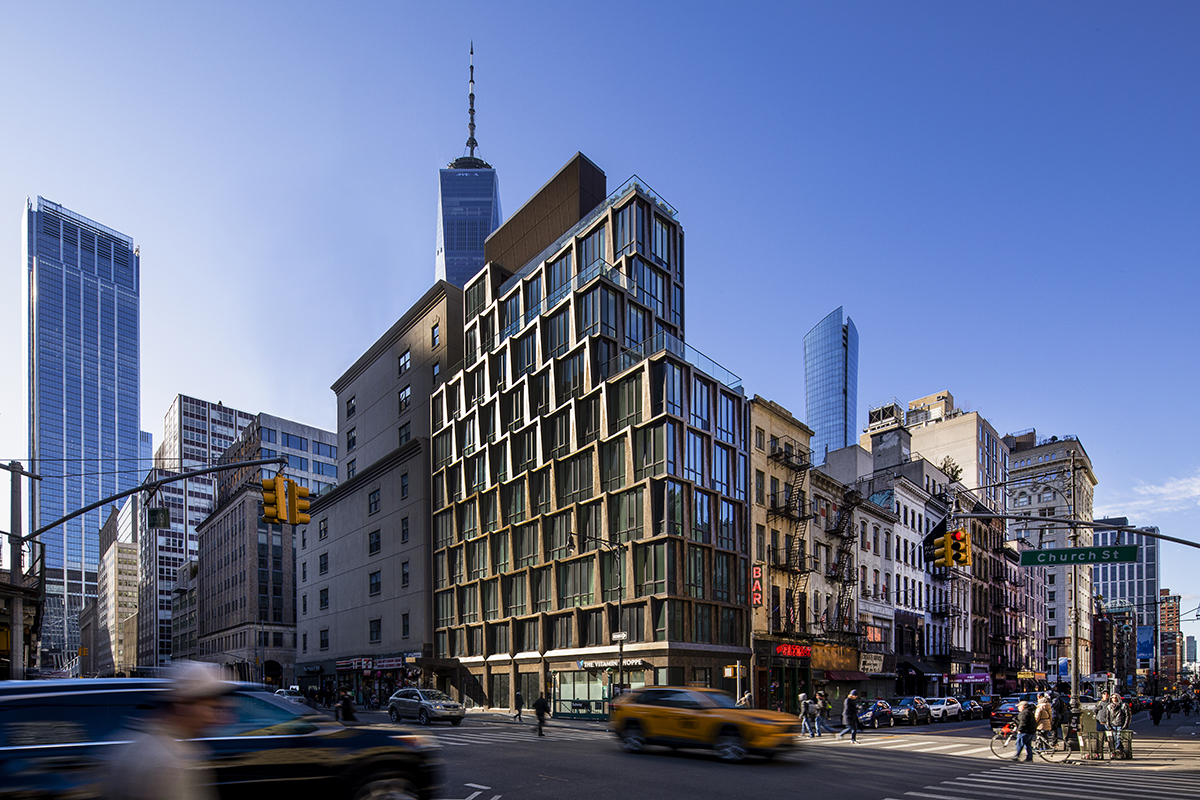 Tribeca Rogue is a study in how to reinterpret context, materials and tradition to build for modern life. Establishing a new identity while respecting the past, the architects were able to make the most of a compact site and work with Pure + FreeForm to bring the metal cladding and bespoke bronze finish to life. The result is a building that’s both grounded in the neighborhood and an expression of individuality.
Tribeca Rogue is a study in how to reinterpret context, materials and tradition to build for modern life. Establishing a new identity while respecting the past, the architects were able to make the most of a compact site and work with Pure + FreeForm to bring the metal cladding and bespoke bronze finish to life. The result is a building that’s both grounded in the neighborhood and an expression of individuality.
The judging process for Architizer's 12th Annual A+Awards is now away. Subscribe to our Awards Newsletter to receive updates about Public Voting, and stay tuned for winners announcements later this spring.
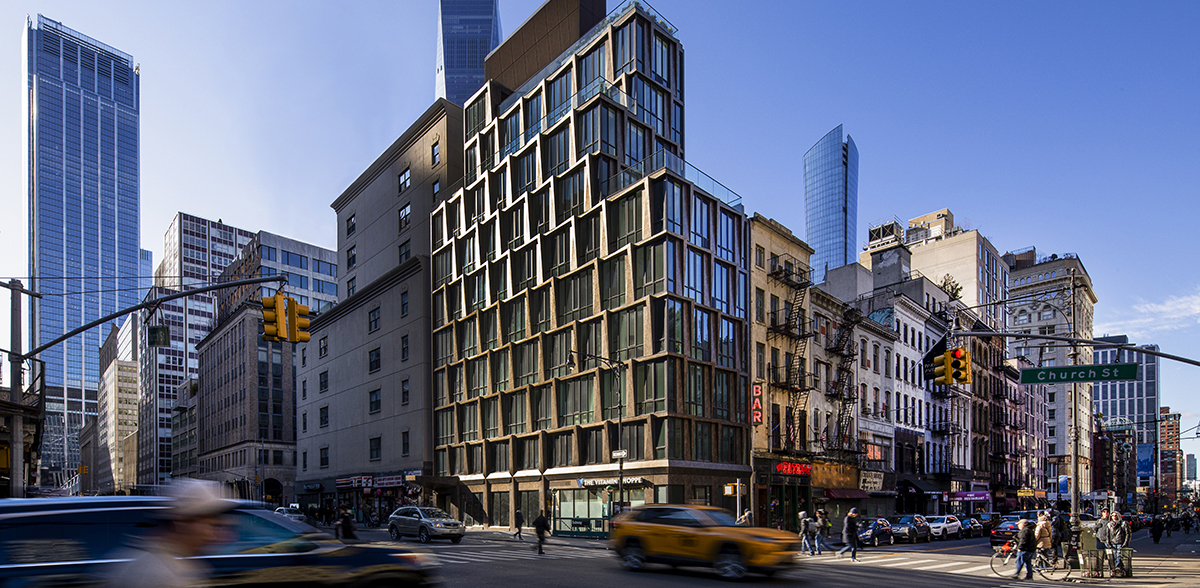





 108 Chambers
108 Chambers  Woods Bagot New York Studio
Woods Bagot New York Studio 